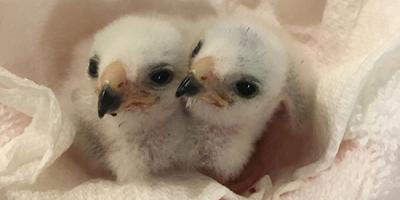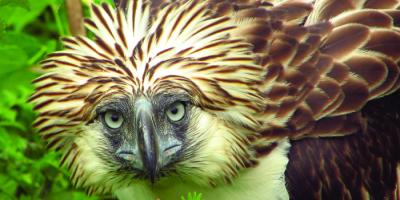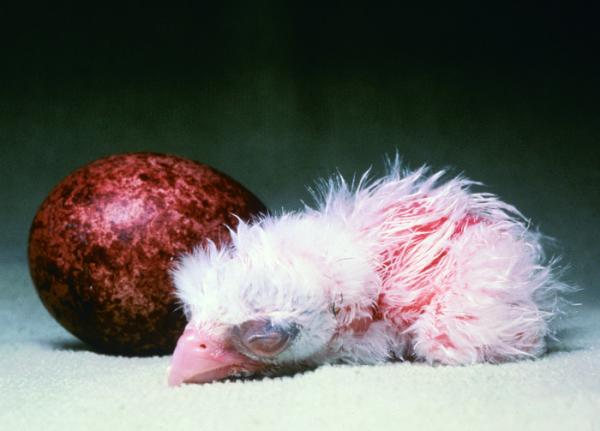A single, fertile egg can hold the fate of an entire species inside its fragile shell— a fact woefully apparent to our founders as they struggled almost 50 years ago to coax a viable egg from the Peregrine Falcons entrusted to them. Even more rare and precious were the tiny eggs laid by the last four Mauritius Kestrels in our care a few years later.
Since hatching our first Peregrine Falcon in 1973, we have served as the global expert in captive propagation of endangered birds of prey. Those last four Mauritius Kestrels were the forebears of a now-thriving population, and the lessons we learned have been handed down as well. Altogether our staff has reared more than 3,000 Peregrine Falcons, 2,000 Northern Aplomado Falcons, and 270 California Condors—plus 19 other species from Harpy Eagles to Puerto Rican Sharp-shinned Hawks. Today we manage the world’s largest captive population of California Condors, one of the most endangered birds in North America.

Hana Weaver

Casper Simon
Our methods are widely published, and have in fact enabled others to breed birds of prey around the world, both for falconry and for scientific and conservation pursuits. No other organization, however, has the facilities and experience to breed a variety of raptors at a similar scale—a scale that could be called upon if a raptor species suffers catastrophic decline. As threats to birds of prey increase across the globe, we are constantly refining our skills in case extreme measures are needed to prevent extinction.
Conservation breeding is not always the best solution, however; it requires careful laboratory controls, round-the-clock staff, transportation of young birds to wild release sites, and field attendants to support young birds as they learn to hunt and defend themselves—all at a heavy financial cost that may not show positive results for years.
For some species, early intervention can curtail the need for intensive conservation breeding. In the Dominican Republic we perfected a new technique of relocating young Ridgway’s Hawks from their parents’ nests to a safer territory before they learn to fly. This “assisted dispersal” approach has resulted in an entirely new, self-sustaining population of hawks, buying us time to address the threats that had reduced their numbers, like human persecution and habitat loss.






